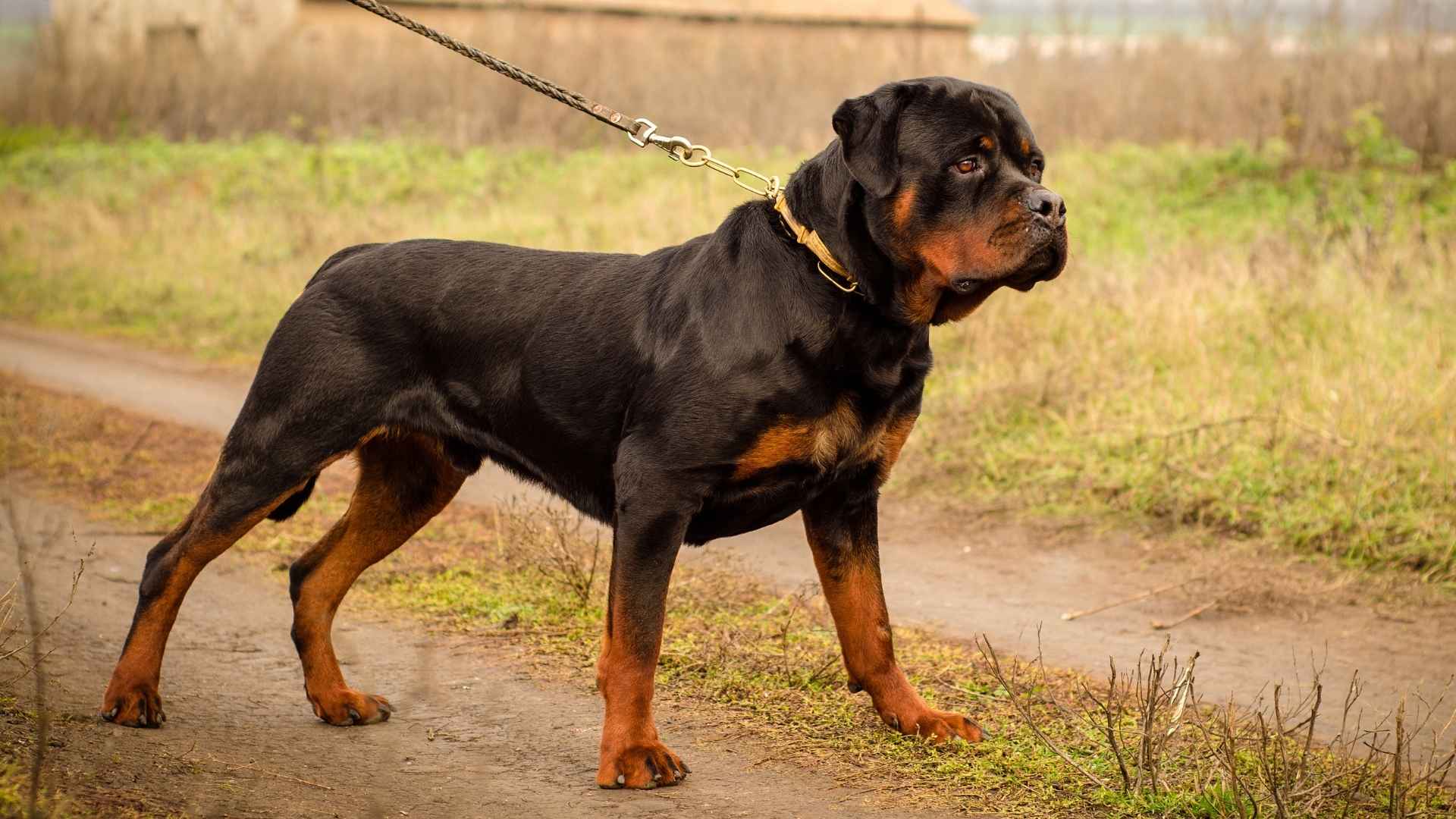Why do some dogs follow commands instantly while others act as if you never spoke at all? The difference often comes down to breed tendencies that run deeper than personality.
Certain dogs were bred for independent work, and those traits still show in modern homes. Others have energy levels or temperaments that resist structure, making every lesson a challenge. For owners, this can turn the dream of companionship into daily frustration.
Training should build a bond, yet with some breeds, it becomes a constant negotiation. Understanding why a dog resists instruction helps owners stay realistic and prepared. Knowing which breeds are more likely to push boundaries can make the difference between harmony and struggle.
In this guide, we will uncover the worst-behaved dog breeds that are known for being hard to train.
Worst Behaved Dog Breeds That Are Hard To Train
1. Siberian Husky
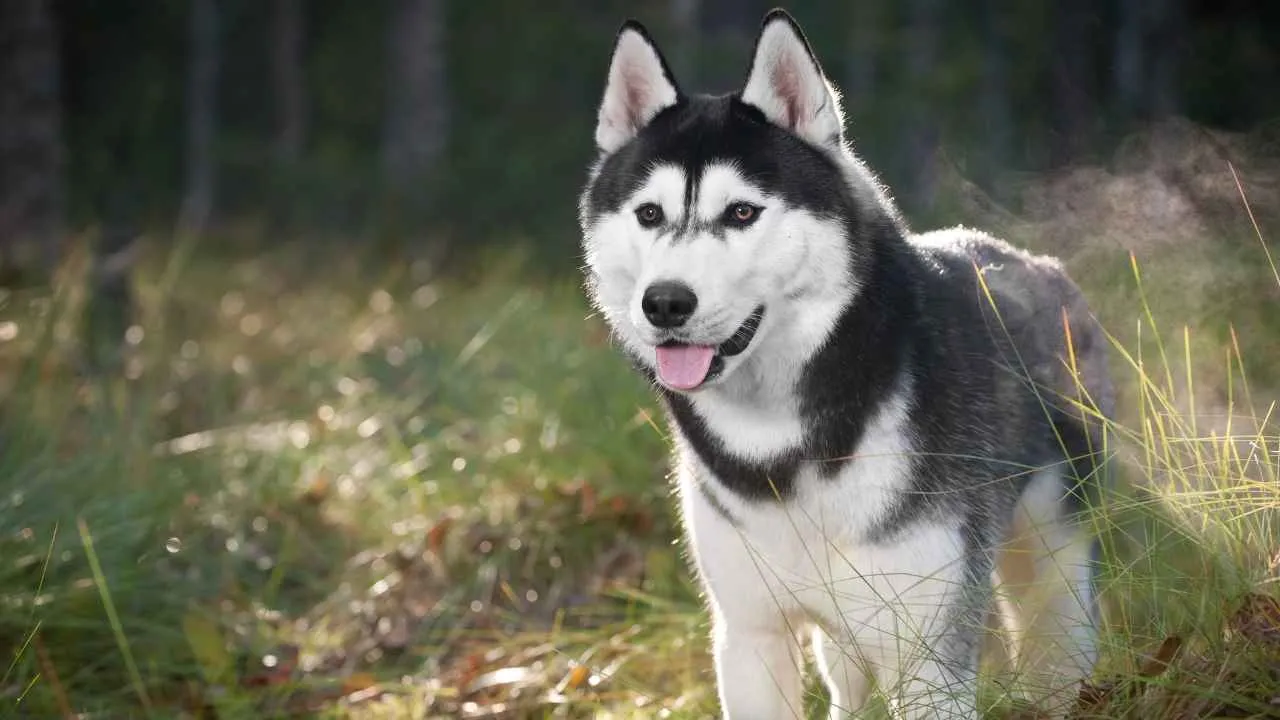
Huskies were bred to run long distances in harsh climates, and that endurance still shows today. They require hours of physical activity to keep destructive habits away. Without enough outlets, they’ll dig, chew, and test every boundary in the house or yard.
Stubborn and Independent
These dogs are famously independent thinkers, a trait that once kept sled teams safe when the terrain was dangerous. That same independence now translates into stubborn behavior during obedience work. Even experienced pet parents can find them difficult when commands are ignored.
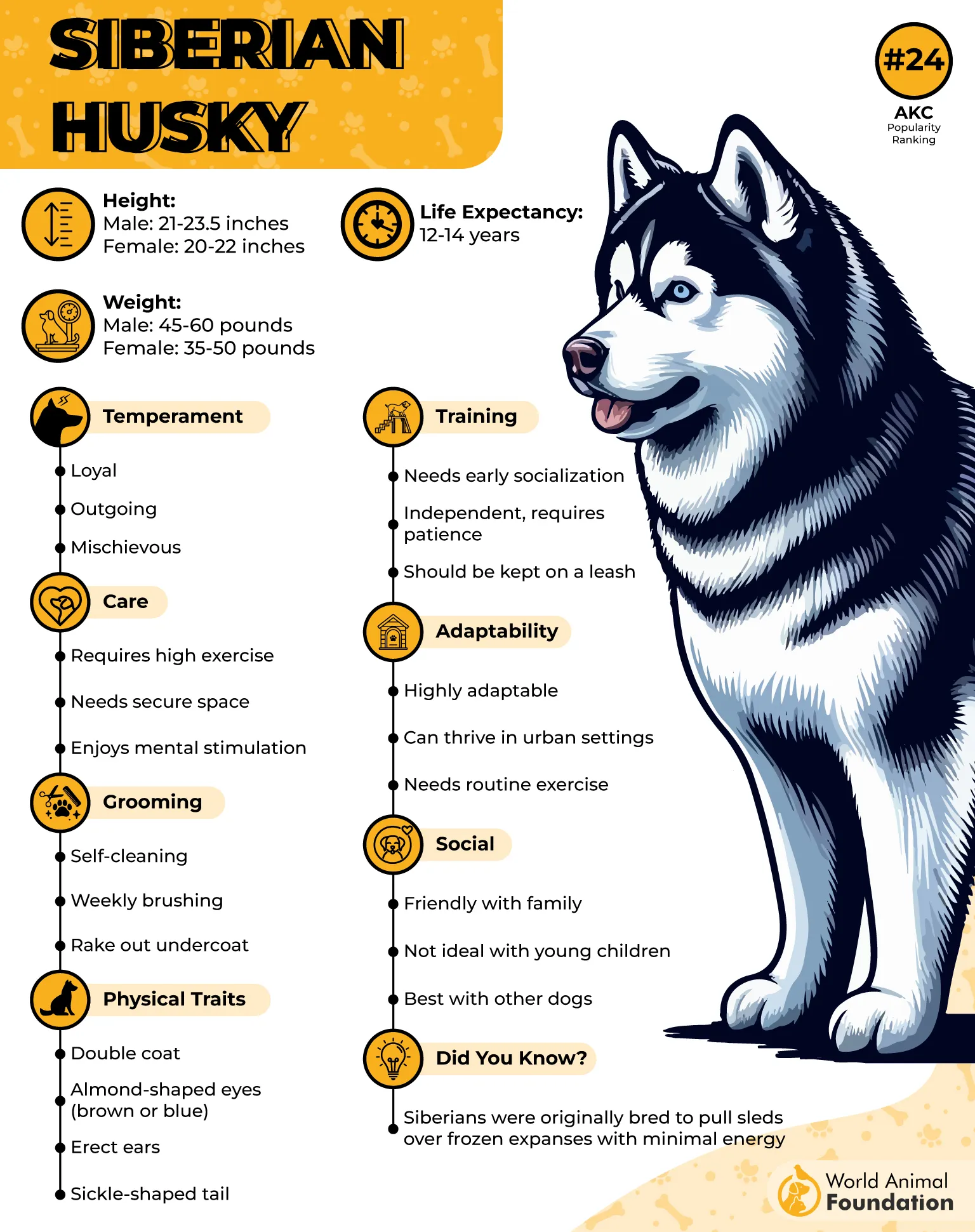
Escape-Artist Nature
Siberian Huskies are notorious for climbing, digging, or slipping out of spaces most dogs would never attempt. A high fence and careful supervision are must-haves for containing them. Their small prey drive also makes them unreliable around cats, rabbits, or other small animals.
Training Challenges
Huskies demand structured dog training with firm boundaries, but even then, patience is key. They thrive best with frequent training sessions that combine physical exercise and mental tasks. Owners often focus on leash control, impulse management, and recall drills to guide their strong-willed nature.
2. Chinese Shar-Pei
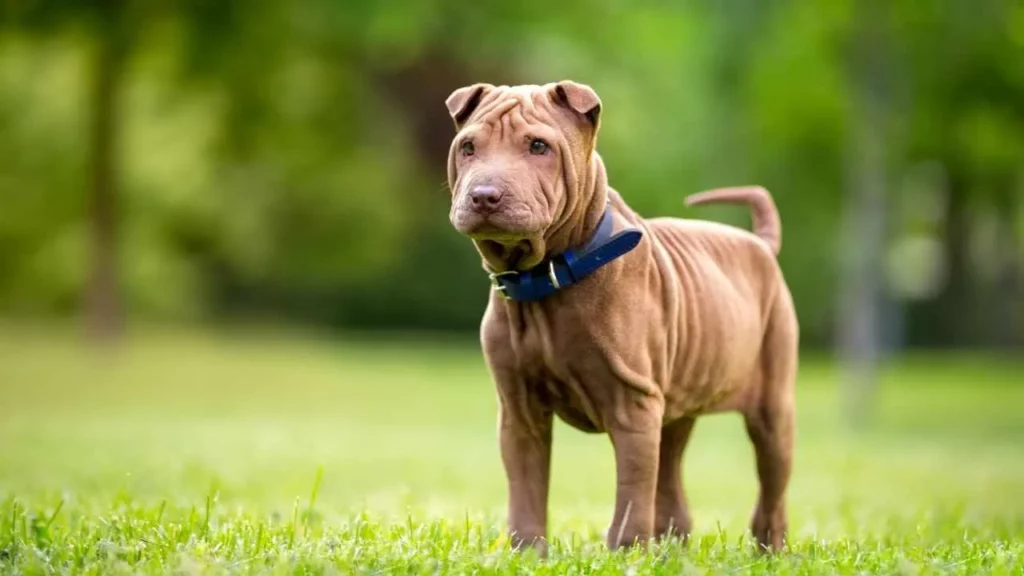
The Shar-Pei is known for its reserved personality and strong-willed nature, which often makes it resistant to instruction, as PDSA claimed. Training sessions can be frustrating if authority isn’t established early. Their tendency to question commands places them firmly on the list of hard-to-train breeds.
Territorial Instincts
These dogs can be highly possessive of both space and family, which complicates socialization with strangers and unfamiliar animals. Without careful guidance, they may react defensively to anyone entering their territory. Even when properly trained, they are rarely relaxed in public or crowded places.
Training Challenges
Pet owners need to understand that Shar-Peis respond poorly to lenient handling. Success comes from consistent training with firm rules rather than playful negotiation. They require patient repetition, clear limits, and an owner who can maintain steady leadership at all times.
Best Home Environment
This breed is not ideal for busy dog parks or households with very young children. They thrive when daily routines are predictable and boundaries are enforced. A more suitable lifestyle includes quiet family settings where solo walks or structured activities replace chaotic group play.
3. Chow Chow
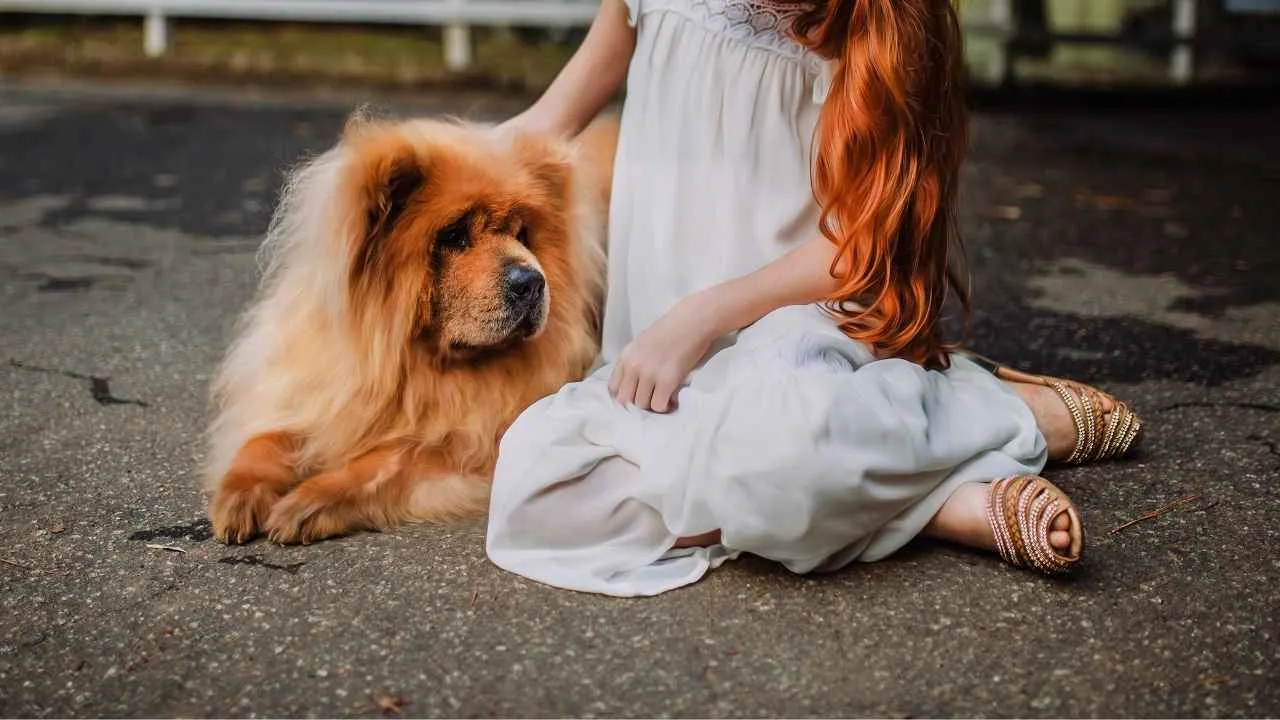
The Chow Chow has a reserved and self-sufficient personality, which makes it one of the hardest dogs to train. They resist repetitive drills and may ignore commands if they don’t respect the trainer. Building trust takes time, and consistency is non-negotiable.
Behavioral Challenges
These dogs are known for their dominant and stubborn streak, along with jealous tendencies toward attention. Their biggest challenges often include:
Aggression toward strange people or animals
Strong loyalty to one primary family member
Difficulty adjusting to new environments or rules
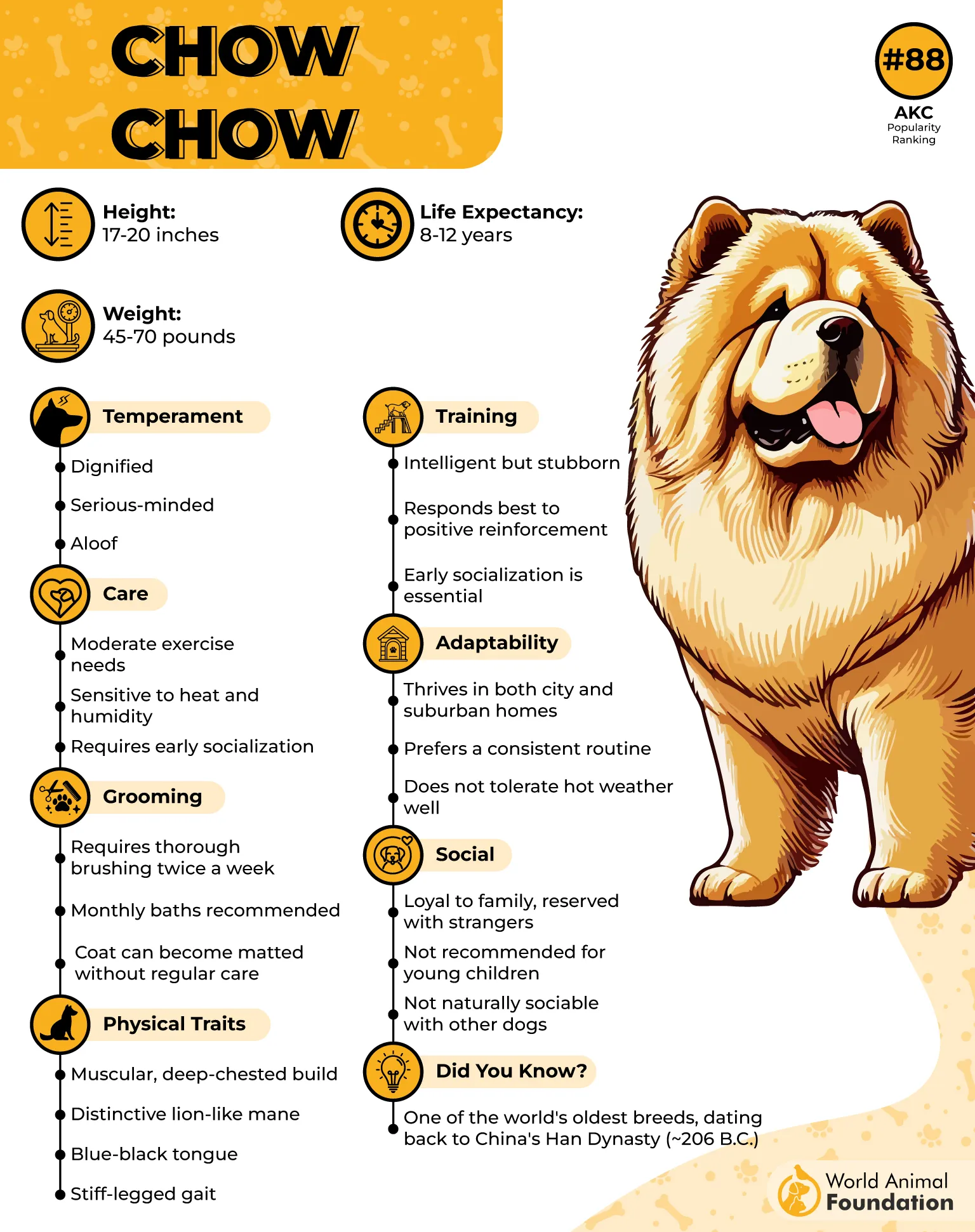
Training Approach
Because of their strong-willed nature, firm boundaries are essential from an early age. Positive reinforcement works best, but corrections must be delivered calmly and without harshness. They respond poorly to inconsistent leadership, making them better suited for experienced handlers.
Lifestyle Fit
Chow Chows were originally bred as working dogs in northern China, but today they are more common as companions. They thrive in households where one main owner leads their care and where strangers are introduced carefully. Without this structure, problem behaviors can escalate quickly.
4. Jack Russell Terrier
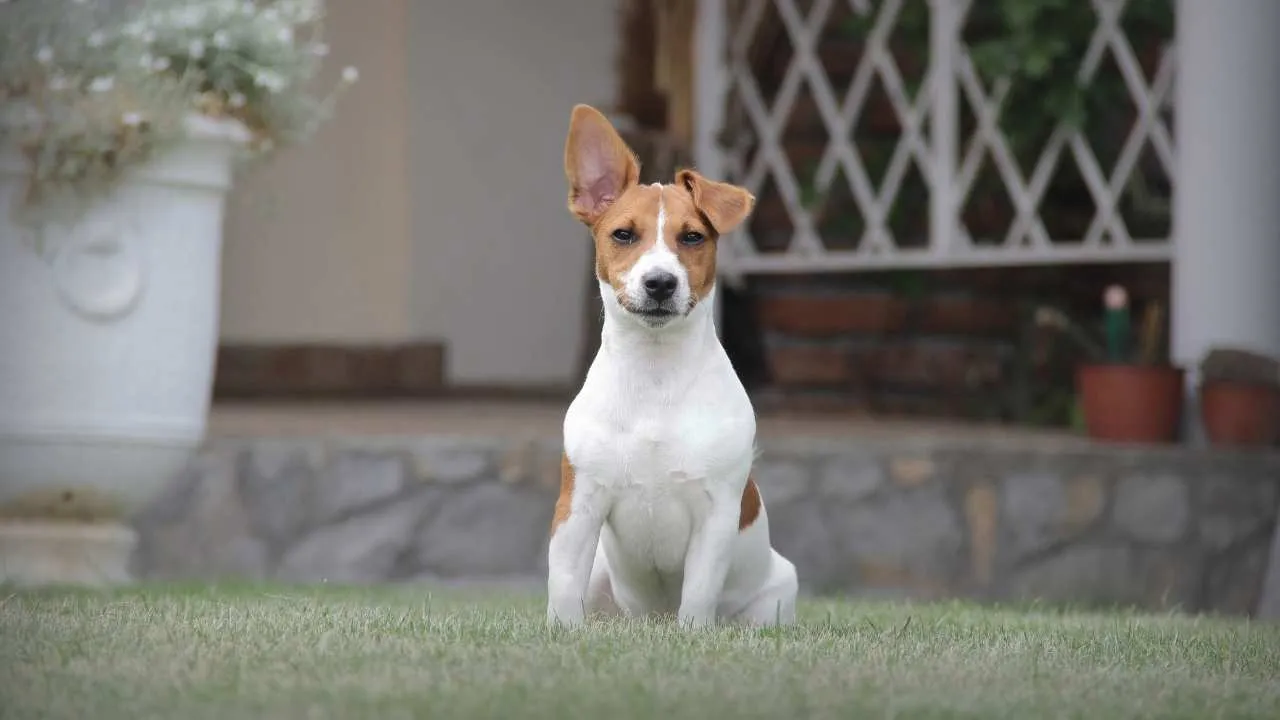
Jack Russell Terriers are in constant motion and need structured outlets every single day. Long walks, running space, and mentally engaging activities are non-negotiable. Without this, they often turn to chewing, digging, or barking excessively out of frustration.
Behavioral Challenges
Dog owners often note their tendency to chase after movement, which stems from their hunting background. Their high prey drive makes living with cats, rabbits, or other small pets a risky arrangement. This impulsive streak can also lead to sudden escapes during walks or car rides.
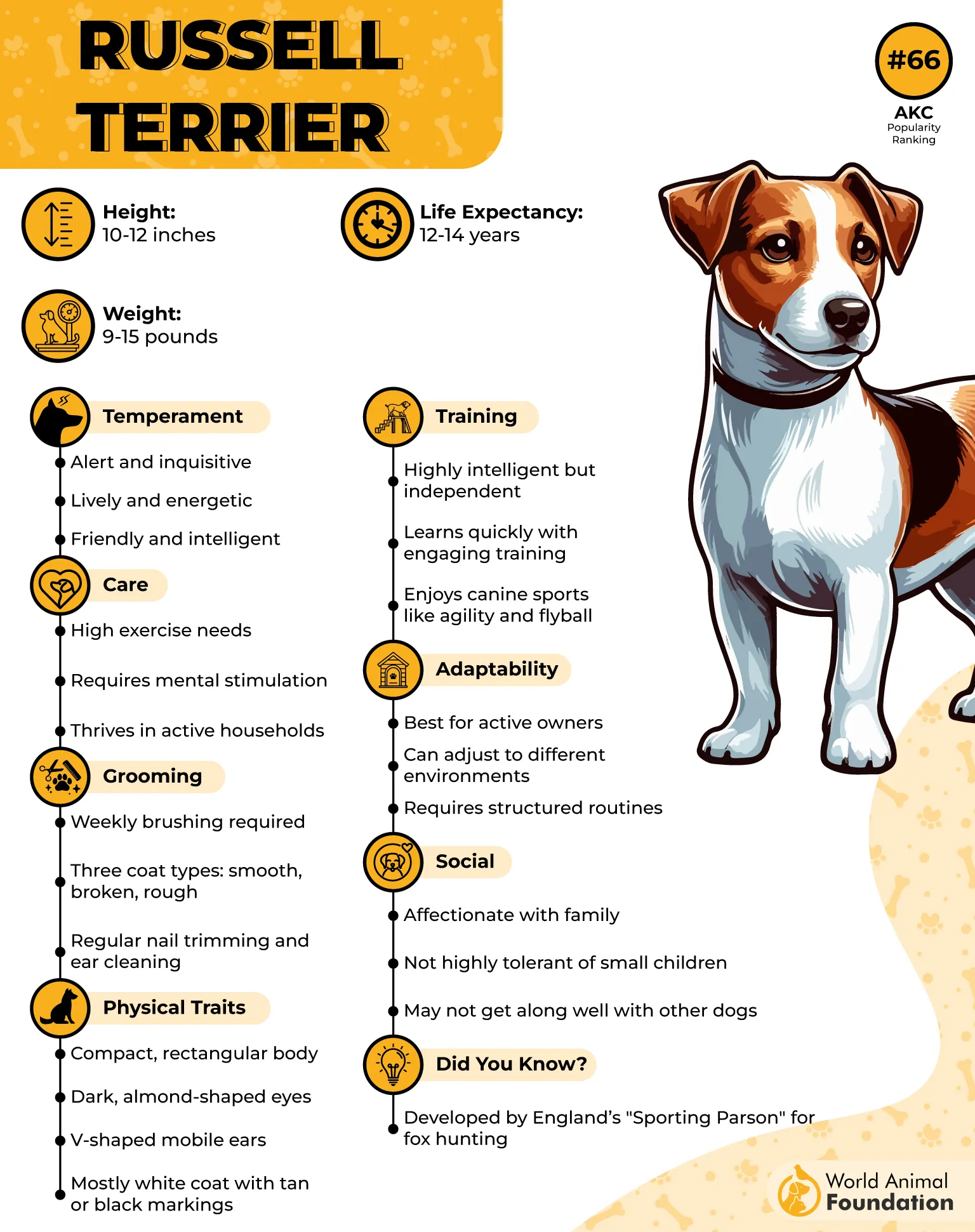
Training Considerations
The training process requires both consistency and creativity, as these dogs become restless with repetitive drills, as mentioned in Vets Love Pets. Key areas include socialization with other dogs and controlling their urge to pick fights. Obedience training must start early to balance their strong-willed nature.
Ideal Living Conditions
They thrive best in active households where exercise and stimulation are part of the routine. A house with a fenced yard allows them to burn energy safely while reducing destructive tendencies indoors. Key focus points include:
High-intensity play and exercise
Frequent training sessions
Extra caution around small animals
5. Rottweiler
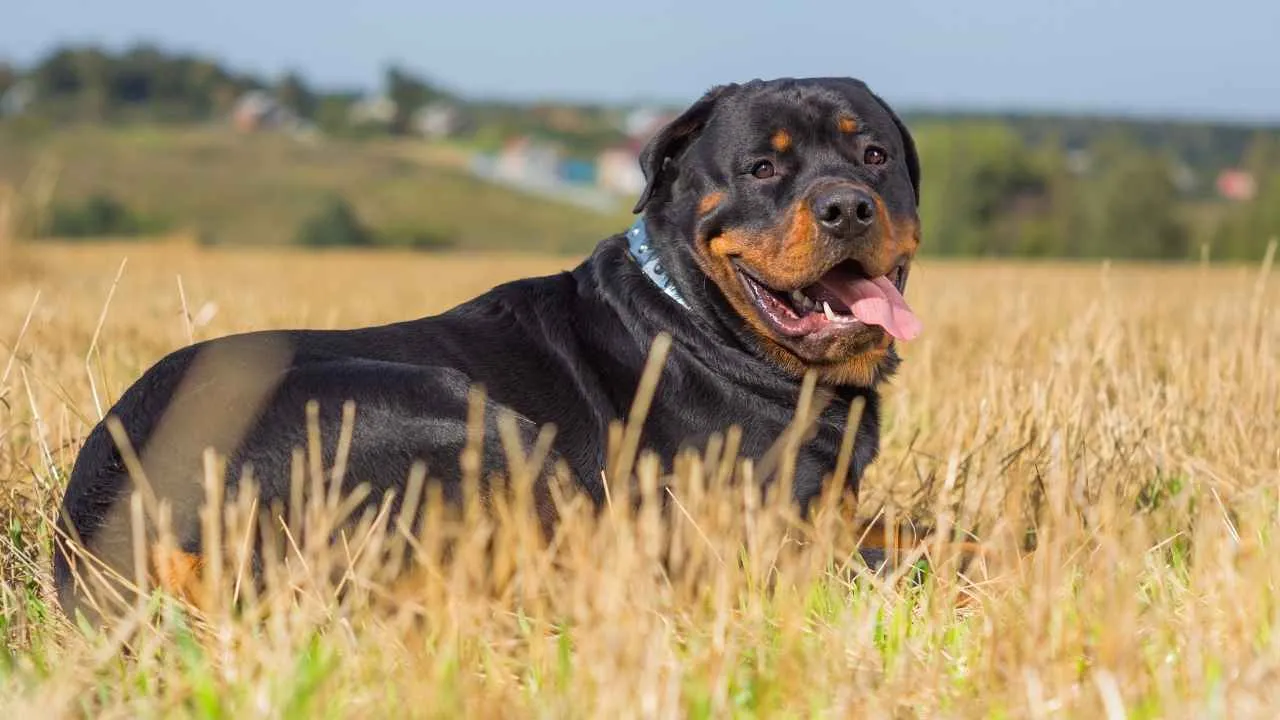
Rottweilers are muscular, confident dogs with a mind of their own, making them difficult for beginners to handle. Their independent nature often clashes with household expectations, especially when boundaries are unclear. This stubborn streak requires consistency from day one.
Over-Attachment to Owners
These dogs bond intensely with their primary caregiver, which can create problems when others try to give commands. Some of the biggest challenges include:
Refusing to listen to secondary family members
Over-protectiveness toward strangers
Testing physical control with their size and strength
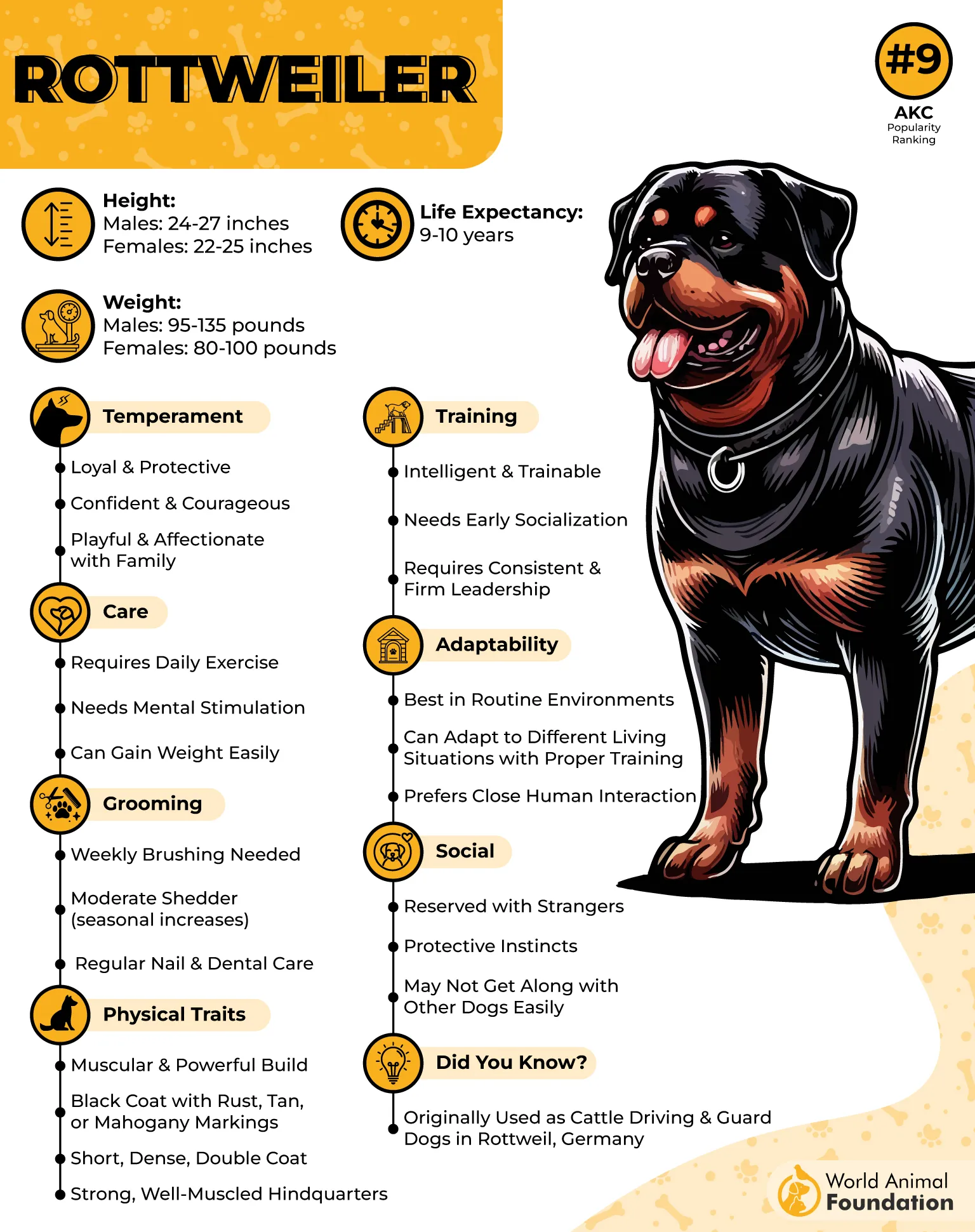
Training Demands
Rottweilers require structured routines that emphasize discipline and respect. Without firm boundaries, they can become overly dominant or disruptive in the home. Proper methods must also include mental stimulation to prevent boredom-driven behaviors.
Socialization Challenges
If left unchecked, their natural guarding instincts may escalate into excessive territorial behavior. Early socialization around new people and animals is critical to prevent overreactions. These traits make them better suited for experienced owners who can establish authority with calm confidence.
6. Bullmastiff
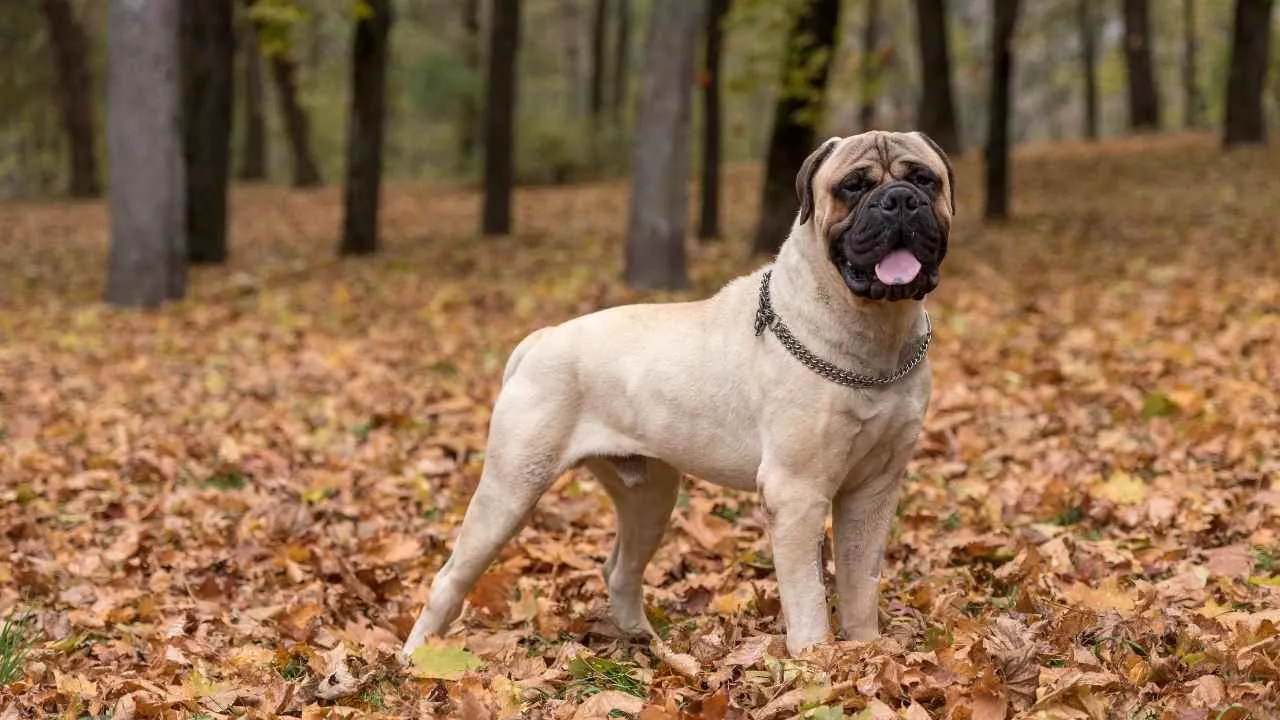
The Bullmastiff’s massive build makes leash control a challenge when excitement takes over. Their intelligence is paired with an independent streak that often resists repetitive commands. Many handlers note their tendency to pause, evaluate, and then decide if a request is worth following.
Training Struggles
This breed demands structured sessions because a lack of direction can quickly turn into bad habits. Obedience around distractions like visitors or delivery workers requires consistent correction. Without dedicated training, their strength and determination can overpower the average handler.
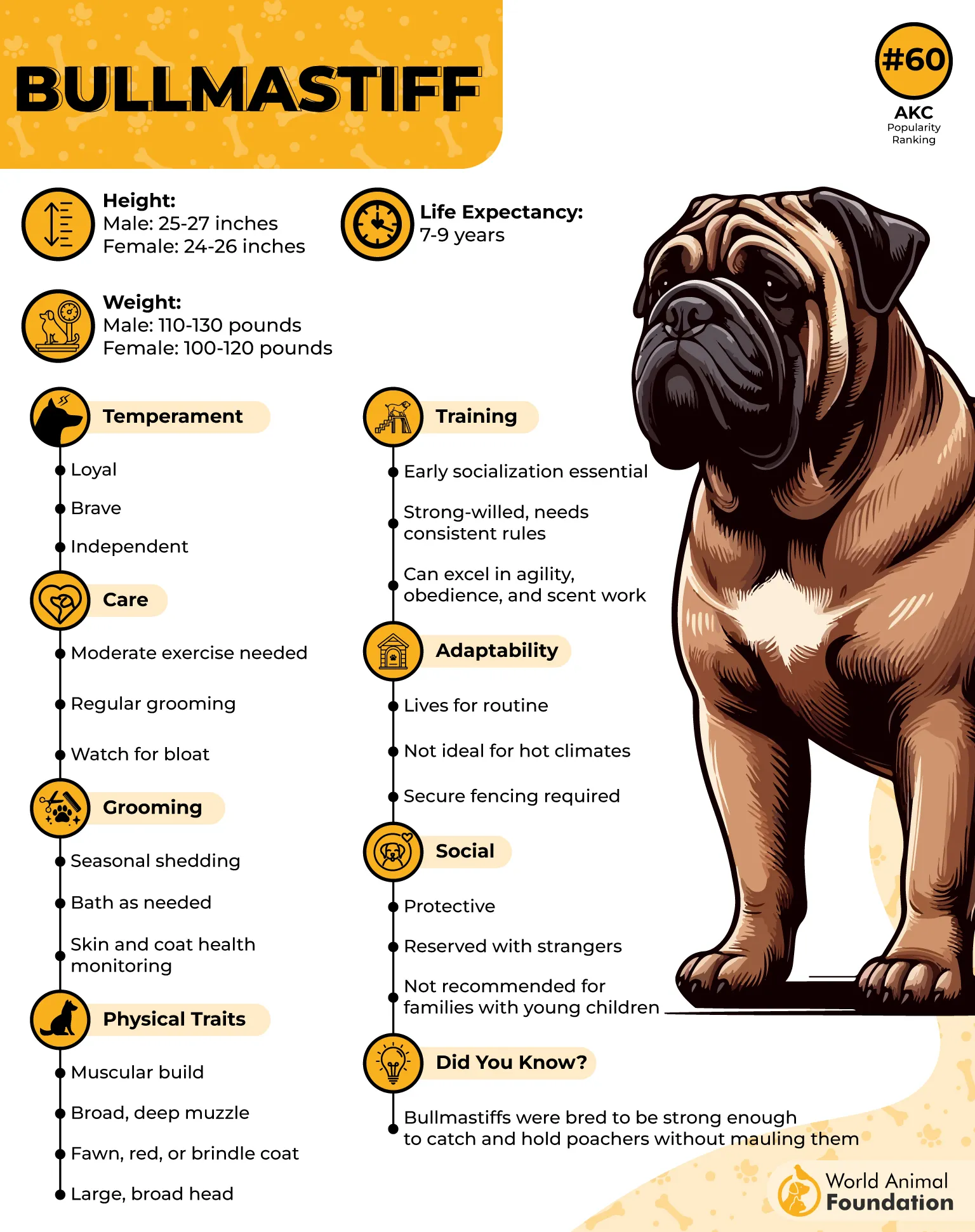
Daily Life Challenges
Living with a Bullmastiff comes with very real lifestyle adjustments:
Heavy drooling that needs constant cleanup.
Strong preference for human companionship over other dogs.
Furniture protection and larger living spaces are almost essential.
Guarding Instincts
Bullmastiffs were originally developed as silent guard dogs, and that instinct hasn’t disappeared. They naturally patrol territory, using sheer presence to deter trespassers. While protective instincts are valuable, they complicate ownership for first-time dog owners who aren’t prepared for the responsibility.
7. Afghan Hound
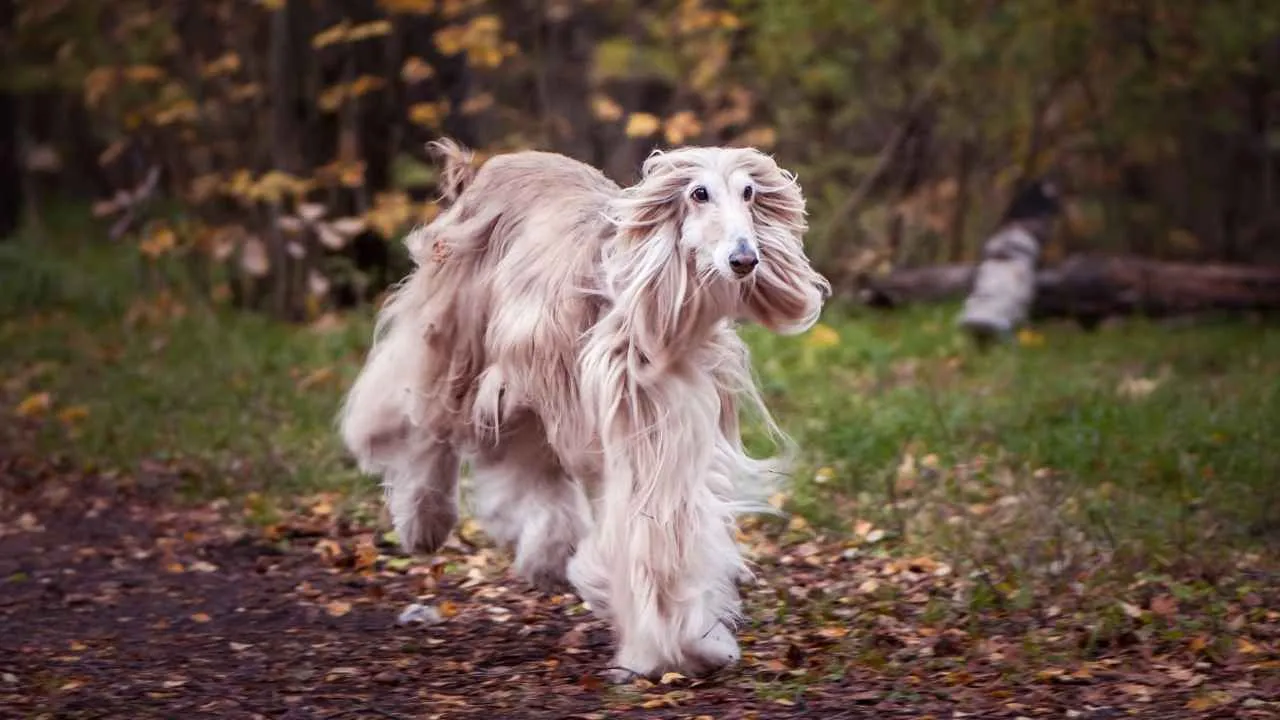
Afghan Hounds are known for their aristocratic appearance, but their independence makes them one of the more challenging breeds to manage. They often decide what interests them, leaving commands ignored unless the timing suits their mood. Training requires a strong balance of patience and persistence.
Selective Response to Training
These dogs are intelligent enough to learn commands quickly, yet they frequently demonstrate selective hearing. Many owners describe the experience as working with a cat in a dog’s body. Without firm boundaries, the Afghan Hound is quick to test limits and resist repetition.
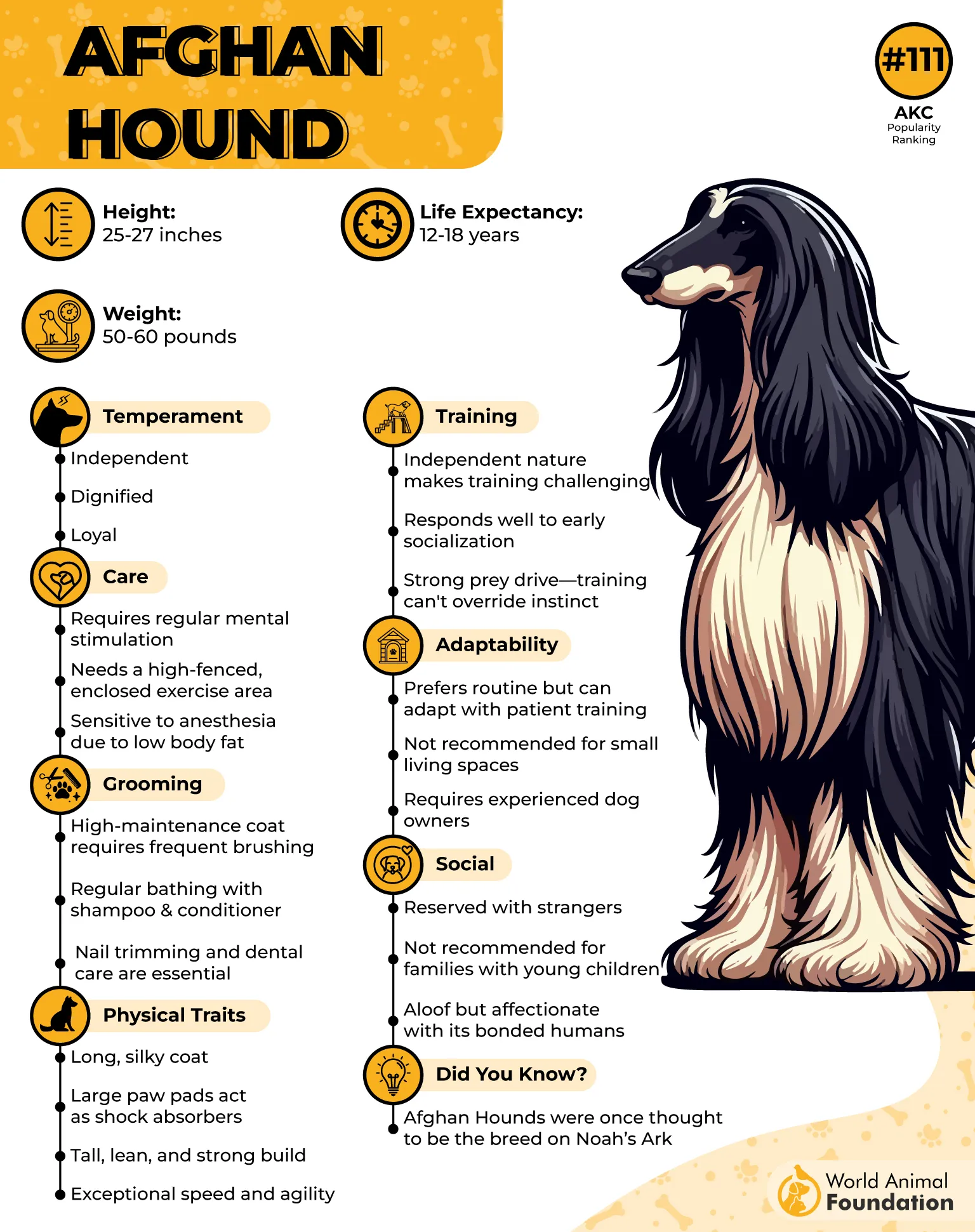
Behavioral Challenges
Some of the biggest hurdles include stubbornness and a tendency to disregard instructions even after learning them. They respond inconsistently, which can frustrate first-time dog owners. Success depends on maintaining structured sessions and rewarding engagement without overbearing control.
Ideal Environment for Success
They thrive with a determined pet parent who embraces their quirky streak rather than fights against it. Consistency matters most when guiding their behavior. Daily mental challenges paired with exercise are essential; otherwise, boredom leads to ignored commands and playful defiance.
8. Beagle

Beagles are packed with energy that rarely winds down on its own. This constant need to move makes long training sessions difficult because their attention shifts quickly. Without enough activity, they often channel their restlessness into destructive chewing or escape attempts.
Training Struggles
Their playful nature often overrides listening skills, creating challenges with commands and recall. Trainers often highlight three common issues:
Tendency to run away if off-leash
Excessive barking when bored
Resistance to repetitive lessons
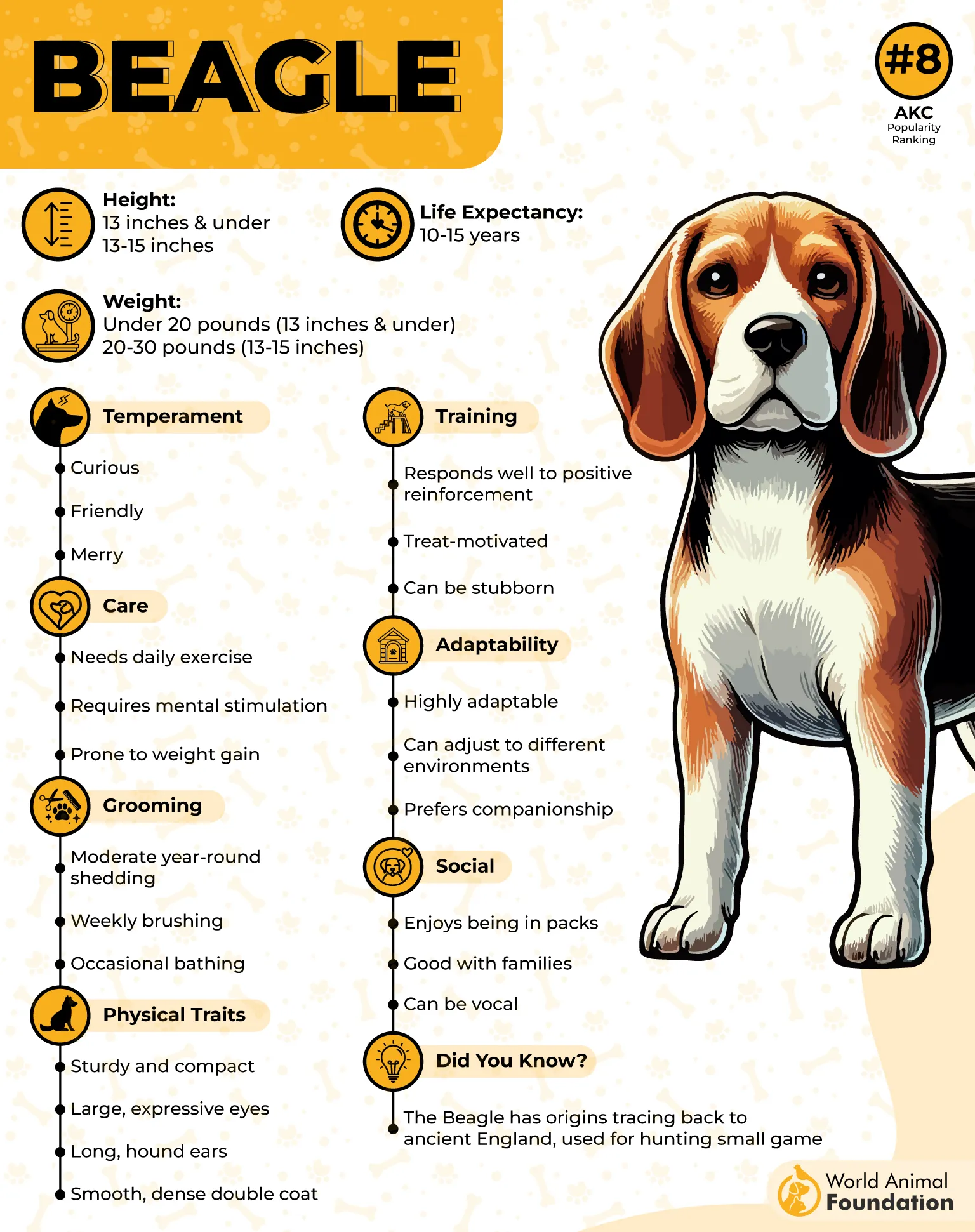
Vocal Tendencies
Barking is practically a pastime for Beagles, and once started, it is hard to stop. This vocal habit becomes even more frequent when energy is not released through exercise. For families in apartments, their volume can quickly become overwhelming.
Living Requirements
A Beagle does best with active pet parents who can provide daily runs or secure play in a yard. Structured routines, firm boundaries, and even tools like a GPS collar can make a difference. Without them, their independence often works against effective training.
Conclusion
Certain breeds simply resist structure, and the dogs in this guide prove just how challenging training can be. Many were developed as hunting dogs or even sled dogs, shaping instincts that modern homes cannot erase.
The American Kennel Club often highlights its independence, noting it requires patience and persistence rather than quick fixes. A high-energy breed may demand hours of activity, while others test boundaries out of sheer stubbornness.
Dog trainers often emphasize early socialization and firm routines, but success still depends on commitment. For owners, understanding these challenges means being prepared before choosing such strong-willed companions.


